Understanding Indica Cannabis Strains and Potential Overdose Risks
This text provides an overview of indica cannabis strains, emphasizing their relaxing and sedative p…….
In the ever-evolving world of cannabis, Indica strains have emerged as a dominant force, capturing the attention of enthusiasts, researchers, and industry professionals alike. This article aims to delve into the intricate world of Indica cannabis strains, exploring their unique characteristics, global impact, economic significance, technological innovations, regulatory landscape, and future prospects. By the end of this comprehensive guide, readers will have a profound understanding of why Indica strains are not just a plant variety but a cultural and economic phenomenon.
Definition: Indica cannabis strains refer to a specific subset of the Cannabis sativa species, distinguished by their distinct genetic heritage and unique set of attributes. These strains are primarily known for their short, bushy appearance and high levels of tetrahydrocannabinol (THC), the primary psychoactive compound responsible for its intoxicating effects.
Historical Context: The story of Indica strains begins in ancient times, originating from regions such as Afghanistan, Pakistan, and India—hence the name. These landraces evolved to thrive in harsh mountainous environments, developing dense, resinous buds to protect themselves from harsh weather conditions. Over centuries, these strains were selectively bred for their medicinal properties and sought-after effects, leading to the diverse Indica varieties we know today.
Significance: Indica strains play a pivotal role in both medical and recreational cannabis use due to their potent effects and diverse therapeutic potential. They are celebrated for their ability to induce relaxation, alleviate pain, promote sleep, and stimulate appetite—making them a go-to choice for many patients seeking symptom relief. In the recreational market, Indica strains offer a more sedating high, often preferred for evening or nighttime use.
The global impact of Indica cannabis strains is profound and far-reaching, with its influence permeating various aspects of society and culture.
International Adoption: Indica strains have gained widespread acceptance globally, with many countries legalizing or decriminalizing cannabis for both medical and recreational use. Countries like Canada, Uruguay, and several states in the USA have embraced Indica-dominant varieties, leading to a surge in cultivation and research.
Regional Preferences: Regional trends reveal a diverse preference for Indica strains. In northern climates, such as Canada and certain European countries, cold-hardy Indica landraces are favored due to their natural resilience. Warmer regions, on the other hand, often prefer tropical Indica hybrids that retain potent THC levels while adapting to local growing conditions.
Market Dynamics: The global cannabis market, driven by the increasing acceptance and legalization of Indica strains, has witnessed exponential growth. According to a report by Grand View Research, the global medical cannabis market size was valued at USD 193.7 billion in 2020 and is expected to expand at a CAGR of 24.5% from 2021 to 2028. Indica strains contribute significantly to this growth due to their versatility and therapeutic applications.
The economic landscape surrounding Indica cannabis strains is complex, with multiple factors influencing its market dynamics.
Cultivation and Production: The cultivation of Indica strains has become a lucrative agricultural venture in legal markets. Growers invest heavily in advanced cultivation techniques, lighting systems, and climate-controlled environments to optimize yield and quality. Some countries have established thriving Indica-focused industries, generating substantial revenue from both domestic and international sales.
Investment Patterns: The cannabis industry has attracted significant investment, with Indica strains as a key driver. Private equity firms, venture capitalists, and multinational corporations are increasingly investing in cannabis companies, particularly those specializing in Indica genetics and cultivation. This influx of capital fuels research, expansion, and market penetration.
Market Segmentation: The market for Indica strains is diverse, catering to various consumer preferences and medical needs. Premium, high-THC Indica strains command higher prices in recreational markets, while lower-THC varieties are sought after for medicinal purposes. This segmentation allows growers and dispensaries to target specific customer segments and optimize pricing strategies.
Technological innovations have played a transformative role in the cultivation and understanding of Indica cannabis strains.
Genetic Engineering: Modern biotechnology has enabled researchers to manipulate Indica genetics, creating new hybrid varieties with specific traits. Genetic engineering allows for the introduction of desirable characteristics such as increased THC content, improved yields, or enhanced resistance to pests and diseases. This technology promises to revolutionize strain development, offering specialized options tailored to diverse consumer needs.
Hydroponic and Aeroponic Systems: The adoption of advanced cultivation techniques like hydroponics and aeroponics has revolutionized Indica strain production. These systems allow for precise control over nutrient delivery, environmental conditions, and lighting, resulting in higher yields, faster growth cycles, and reduced water usage compared to traditional soil-based farming.
Phytochemicals and Cannabinoid Research: Scientific advancements have led to a deeper understanding of the complex interplay between cannabinoids and terpenes in Indica strains. Researchers are uncovering the therapeutic potential of minor cannabinoids present in these plants, opening doors for novel treatments and product development.
The regulatory environment surrounding Indica cannabis strains is a dynamic and evolving landscape, varying significantly across jurisdictions.
Legalization and Decriminalization: Many countries and states have legalized or decriminalized cannabis, bringing Indica strains into the mainstream. This shift has led to increased access for medical patients and recreational users alike. However, regulations differ widely, with some regions implementing strict controls on cultivation, sale, and consumption.
Licensing and Permits: Legal markets require cultivators, dispensaries, and retailers of Indica strains to obtain licenses and permits. These regulatory measures ensure compliance with quality standards, safety protocols, and record-keeping requirements. The process involves extensive application procedures, inspections, and ongoing monitoring.
Age Restrictions and Consumption Methods: One consistent theme across regulations is the enforcement of age restrictions for purchasing and consuming cannabis products, including Indica strains. Additionally, regulations dictate permitted consumption methods, such as vaporizers, edibles, or smokeable flowers, ensuring consumer safety and public health.
As we look ahead, the future of Indica cannabis strains appears promising, with ongoing advancements in research, cultivation, and accessibility.
Medical Applications: Ongoing medical research continues to uncover the therapeutic potential of Indica strains for various conditions, including chronic pain, multiple sclerosis, and post-traumatic stress disorder (PTSD). Future developments may lead to the creation of customized Indica-based medicinal products tailored to individual patient needs.
Hybridization and Strain Development: The future of Indica genetics is likely to involve sophisticated hybridization techniques, combining the best traits of various strains to create novel varieties. This will offer consumers a broader range of options with unique flavor profiles, effects, and therapeutic benefits.
Global Expansion and Accessibility: As more countries embrace cannabis legalization, the global market for Indica strains is expected to expand further. Improved accessibility and increased research will lead to a better understanding of these strains’ cultural and medicinal significance, fostering their acceptance worldwide.
In conclusion, Indica cannabis strains are more than just a variety of plant; they represent a cultural, economic, and therapeutic phenomenon. Their rich history, global appeal, and diverse applications have shaped the modern cannabis industry. As technology advances and regulations evolve, Indica strains will continue to play a central role in both medical and recreational cannabis use, offering relief, relaxation, and a unique sensory experience to users worldwide.
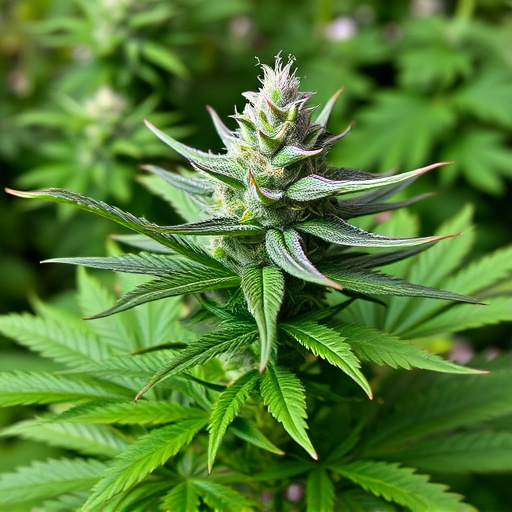
This text provides an overview of indica cannabis strains, emphasizing their relaxing and sedative p…….
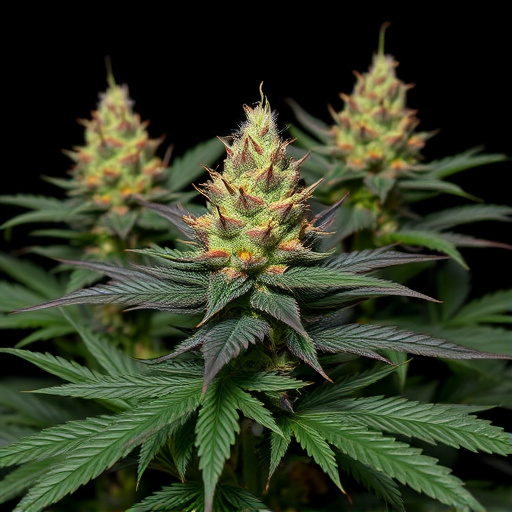
Outdoor cultivation is ideal for growing indica cannabis strains due to its numerous benefits, inclu…….
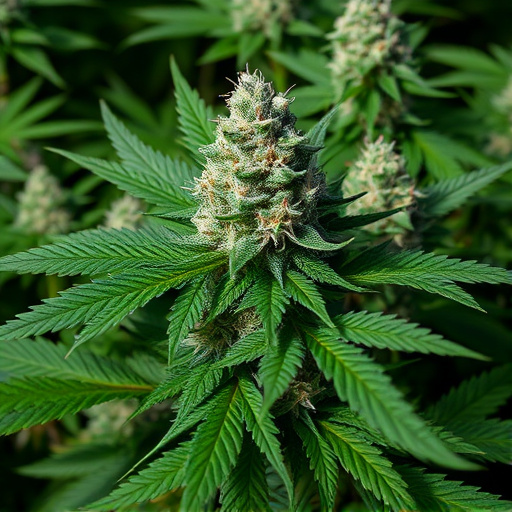
Cannabis contains THC and CBD, offering various experiences and potential therapeutic benefits. Indi…….
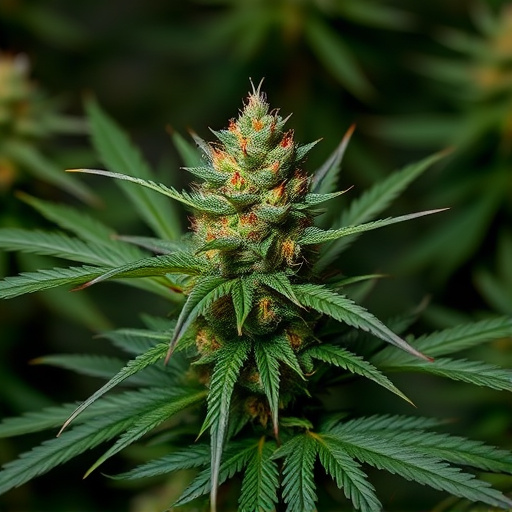
Indica cannabis strains have natural traits that help them retain moisture, but proper cultivation a…….
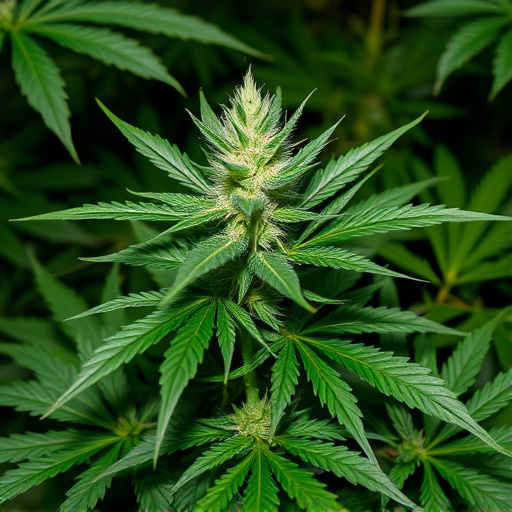
Indoor and outdoor-grown indica cannabis strains exhibit stark visual differences due to contrasting…….
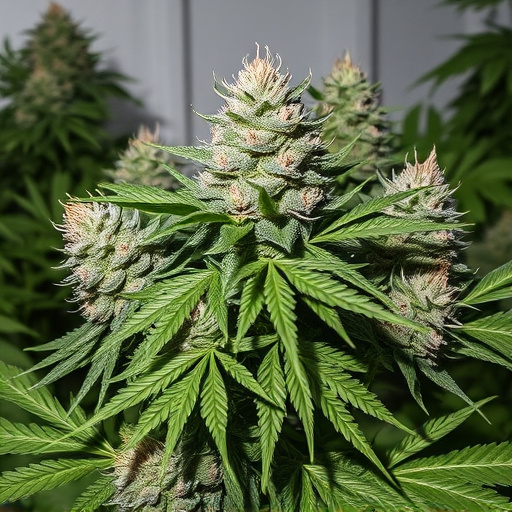
Sativa cannabis strains, known for their warm climate origins, offer unique benefits compared to ind…….
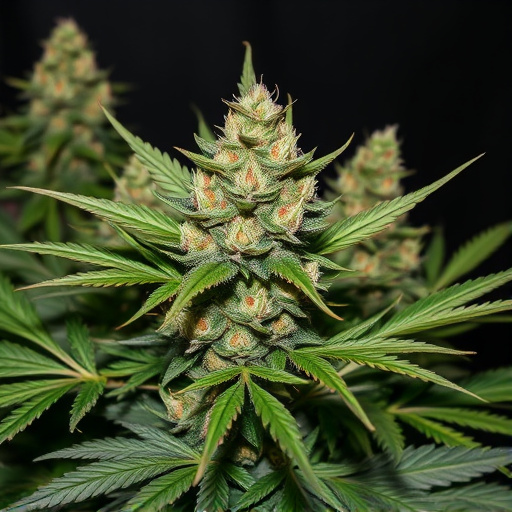
The color transformation in cannabis flowers, especially in indica strains, is driven by a complex i…….
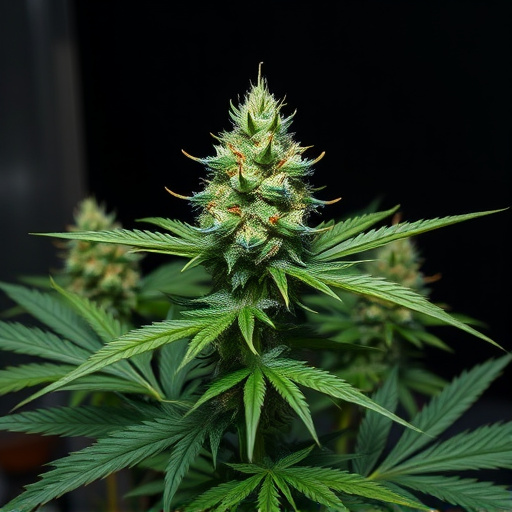
Consuming cannabis, especially indica strains known for their relaxing effects, carries both immedia…….
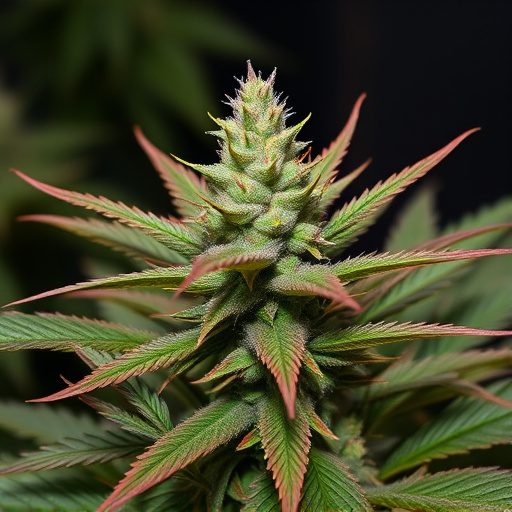
Indica cannabis strains have gained recognition for their natural pain and anxiety relief properties…….